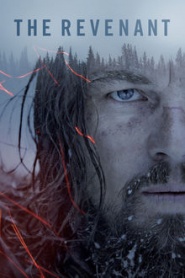Denver and Rio Grande is a 1952 American Technicolor Western film, directed by Byron Haskin and released by Paramount Pictures. The film is a dramatization of the building of the Denver and Rio Grande Railroad, which was chartered in 1870. It was filmed in the summer of 1951 on location on actual D&RG track near Durango, Colorado.

Denver & Rio Grande (1952)
Directed by Byron Haskin
Genres - Action-Adventure, Western |
Sub-Genres - Western Film |
Release Date - Oct 3, 1952 |
Run Time - 89 min. |
Countries - United States of America |
MPAA Rating - TV-PG
Description by Wikipedia
Movie Info
Tags
Colorado, Cowboy, D&rg, Denver, Female Gunfighter, Fistfight, Horse, Rio Grande Railroad, Rio Grande Western, Santa Fe Railway, Violence
Attributes
Filming Location: Colorado
Narrative Location: Colorado
Narrative Location: Colorado
Alternate Titles
A Garganta do Diabo
BR
A Última Cilada
PT
Batı Geçidi
TR
Denver & Rio Grande
, US
Denver and Rio Grande
CA, GB
Denver And The Rio Grande
US
Denver i Rio Grande
PL
Denver ja Rio Grande
FI
Denver si Rio Grande
RO
Denver y Río Grande
ES
La grande avventura del generale Palmer
IT
Les rivaux du rail
CA, FR
Pionerernes kamp
DK
Pyrinoi trohoi
GR
Ruedas del destino
MX
Taistelu Lännestä
FI
Terror am Rio Grande
AT, DE
US Western und ihre Stars
DE
Västerns rallare
SE











